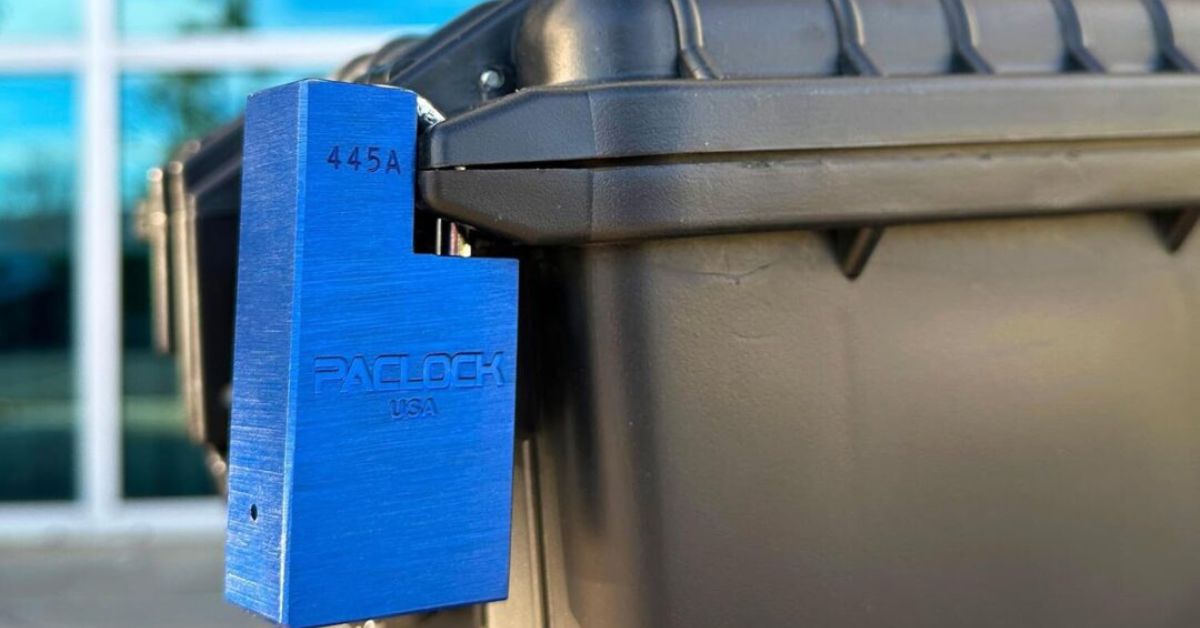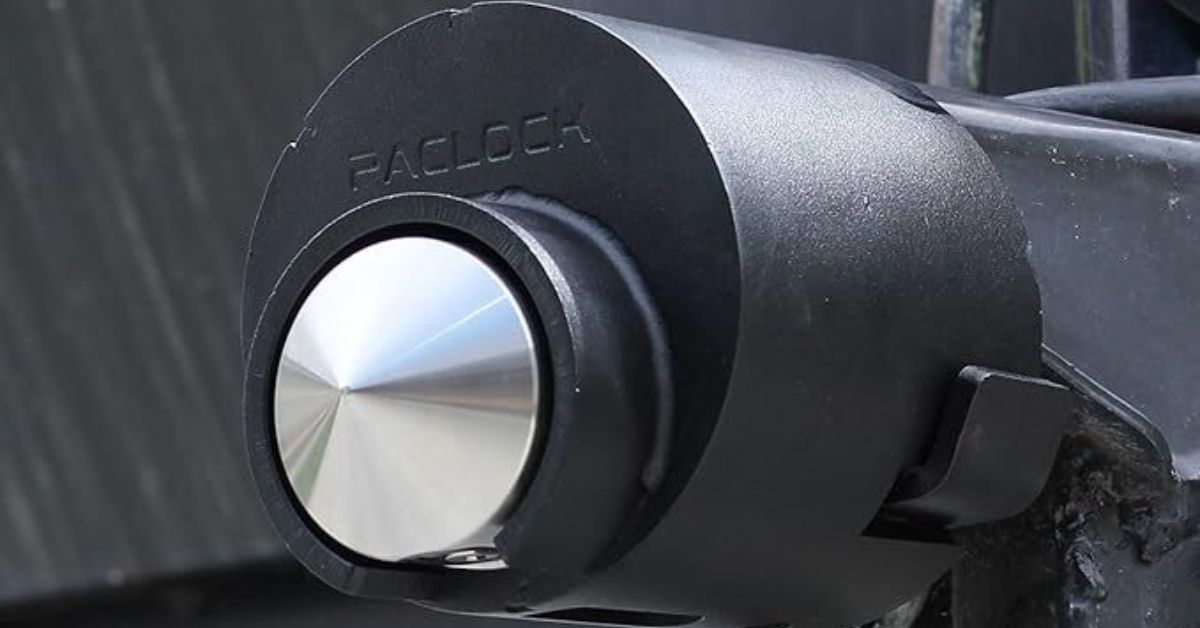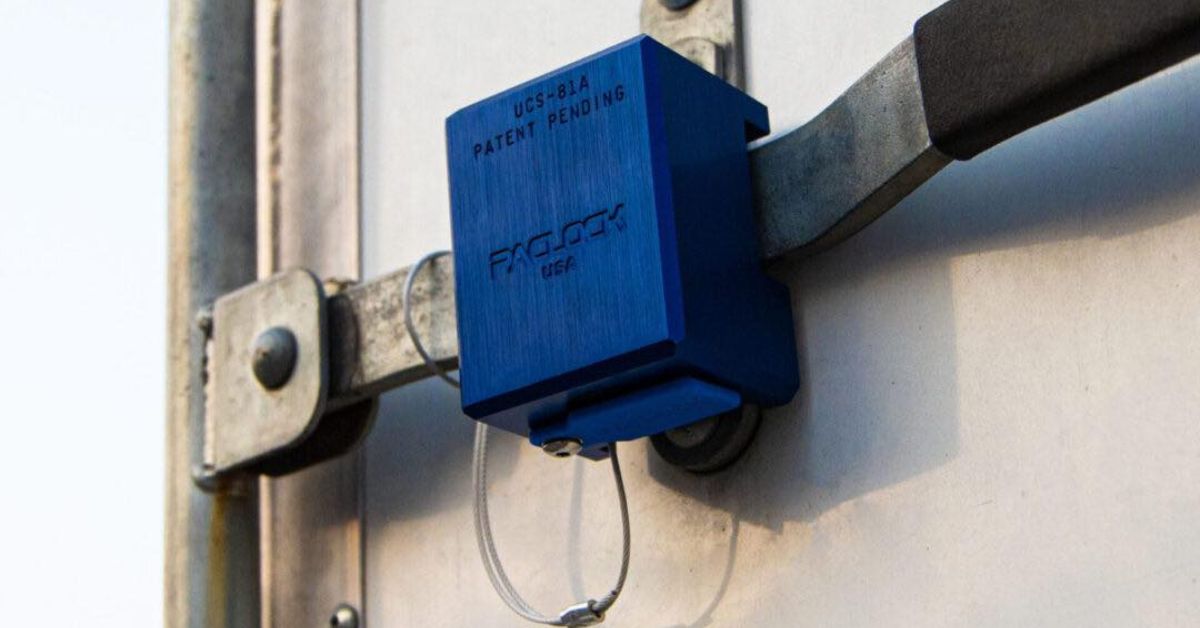How To Choose the Right Industrial Padlock

When it comes to securing your facility or equipment, choosing the right industrial padlock is a critical decision. A high-quality padlock not only safeguards valuable assets but also gives you peace of mind knowing that your security measures are dependable.
With so many options available on the market, it can be overwhelming to decide which padlock is the best fit. The wrong one can leave your possessions vulnerable, but with the right knowledge, you can learn how to choose the right industrial padlock for your needs.
Assess the Level of Security Needed
Start by evaluating the level of security you require. Consider the value and sensitivity of the items or property you need to protect. For example, securing a warehouse full of expensive equipment or a shipping container with valuable goods will require a significantly higher level of security than locking up a small storage shed.
For high-security applications, look for padlocks with advanced features such as anti-cut shackles or pick-resistant mechanisms. For less critical uses, such as locking a toolbox or gym locker, a simpler padlock may suffice.
Examine the Material of the Padlock
The material of a padlock is a key factor in its durability and effectiveness. Look for padlocks made from hardened steel or brass, as these materials are resistant to tampering and corrosion. Hardened steel is especially effective for heavy-duty security needs, as it can withstand cutting and prying attempts. Brass padlocks are highly resistant to rust, making them a great option for outdoor use in wet or humid conditions.
Avoid padlocks made from cheap alloys or plastics, as they are far less secure and prone to damage over time.
Check the Locking Mechanism
The locking mechanism plays a crucial role in a padlock’s functionality and level of security. Keyed padlocks are straightforward and reliable, but combination locks or disc locks can provide added convenience and security. Combination locks eliminate the need for keys, which are easy to lose, while disc locks better resist picking and cutting.
Decide on a locking mechanism that suits your application and personal preferences. For example, if multiple users need access, a combination lock might be more practical, while a keyed lock with restricted keyways is ideal for high-security situations.

Consider the Size and Weight
The size and weight of the padlock matter more than you might think. A larger, more robust padlock can act as a visual deterrent to thieves, signaling that your property is well-secured. However, make sure the padlock is appropriately sized for its intended application.
For instance, a bulky padlock may not fit on smaller latches or chains, and a padlock that’s too heavy might be inconvenient for daily use. Look for a balance between size, weight, and practicality to ensure the padlock is both secure and user-friendly.
Look for Weather Resistance
Outdoor applications demand padlocks that can withstand harsh weather conditions. If you plan to use the padlock in an area exposed to rain, snow, or extreme temperatures, opt for a model with weather-resistant features. To protect from corrosion and wear, invest in designs with rust-proof materials, waterproof coatings, and sealed shackles.
For marine environments or areas with high humidity, specialized padlocks designed for saltwater resistance are a great choice to ensure long-term reliability.
Review the Shackle Diameter
The shackle is one of the most vulnerable parts of a padlock, so its thickness and material matter. Thicker shackles generally provide better resistance to cutting tools, such as bolt cutters, and are ideal for high-security needs. However, make sure the shackle fits through the intended hasp or chain. Many heavy-duty padlocks feature hardened steel shackles that can withstand significant force, while others come with shrouded shackles to protect against cutting and prying.
Consider Anti-Pick Features
Lock-picking is a common method used by thieves, especially for lower-quality padlocks. To protect against this, look for padlocks with advanced anti-pick mechanisms. Features such as double-ball locking systems, mushroom pins, and precision keyways make it significantly harder for intruders to manipulate a lock. High-security padlocks often include anti-pick features, providing an added layer of protection for sensitive applications.
Evaluate Resistance to Drilling
Drilling is another common method used to break past padlocks. To counter this, many high-quality padlocks feature anti-drill components, such as hardened steel inserts or specially designed locking cylinders. These features make it much more difficult for drills to penetrate the lock body. If you’re securing high-value assets or critical infrastructure, investing in a padlock with anti-drill resistance is a smart choice.
Verify the Key Control System
Key control is an important yet often overlooked aspect of padlock security. Some padlocks come with unique key shapes or restricted keyways that prevent unauthorized duplication of keys. This padlock design ensures that only trusted individuals have access to the lock. For applications where key security is a top priority, such as securing corporate assets or sensitive equipment, a padlock with a restricted key system is highly recommended.

Inspect the Lock Body Design
The lock body design affects both the durability and security of the padlock. Look for padlocks with a solid, reinforced body that can withstand forceful attacks. Shrouded shackles, which have a protective casing around the shackle, add another layer of defense against cutting and prying tools. A proper lock body not only enhances security but also extends the lifespan of the padlock.
Pay Attention to Lock Durability
Industrial padlocks are often subjected to frequent use and tough conditions, so durability is essential. Choose a padlock that can handle wear and tear due to harsh weather, rough handling, or repetitive locking and unlocking. High-quality materials and precision engineering contribute to a padlock’s overall durability, ensuring it remains reliable over time.
Match the Padlock to Its Application
It’s important to match the padlock to its intended application. For example, a padlock for securing storage units may not be suitable for marine environments. Choosing a padlock that’s designed for your specific needs ensures optimal efficiency and security.
Test for User-Friendliness
While security is a top priority, user-friendliness is not something that you should overlook. A padlock should be easy to operate, with a smooth locking and unlocking mechanism. Consider factors such as the design of the key or combination buttons, the weight of the lock, and how comfortable it is to handle. A user-friendly padlock makes everyday use more convenient while still delivering reliable security.
Figuring out how to choose the right industrial padlock may seem overwhelming, but by focusing on key factors such as material, locking mechanism, resistance features, and the intended application, you can make an informed decision. A well-chosen padlock is a critical component of your overall security strategy, and that’s why Padlock locks from H To O Supply are a great choice.

Recent Comments